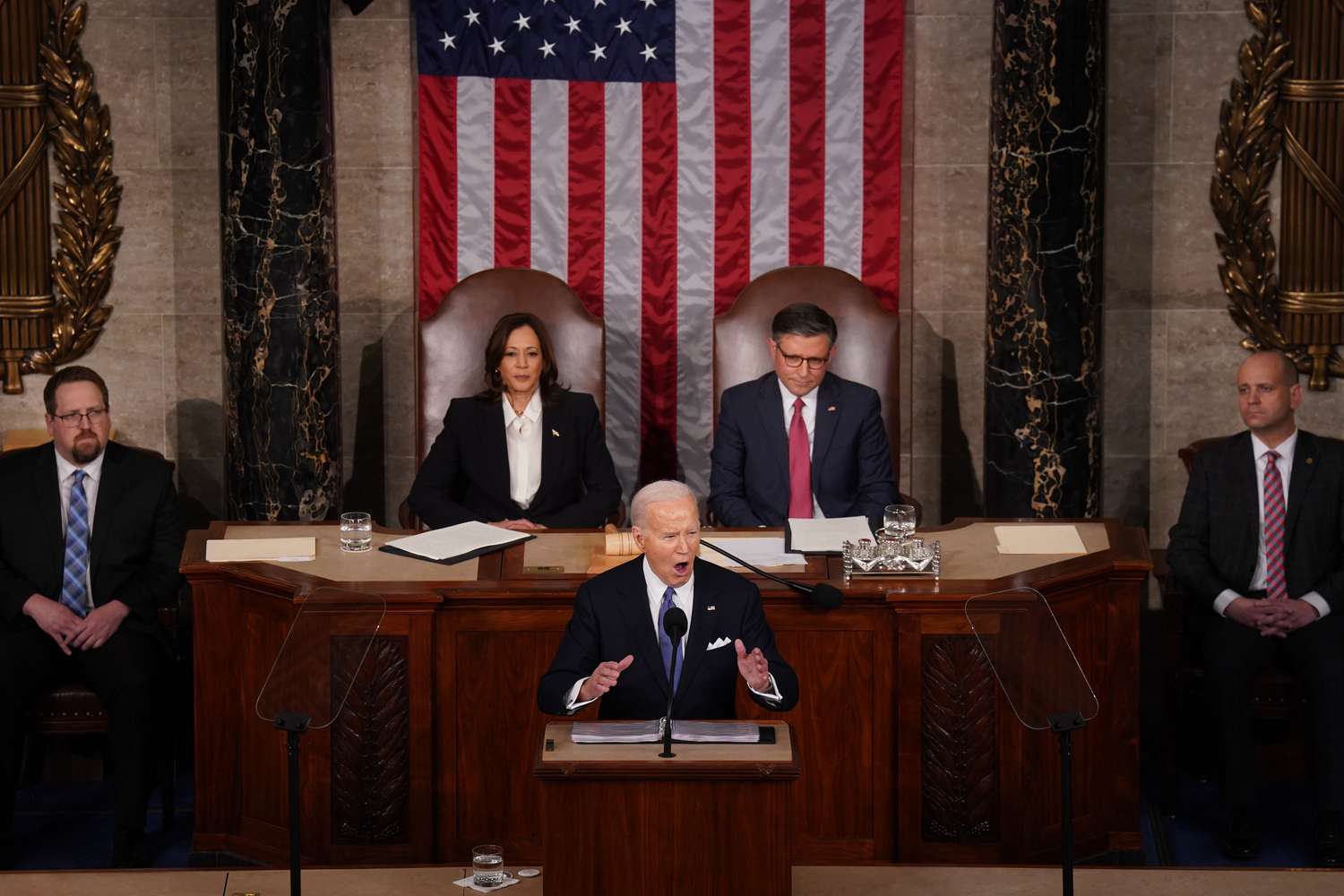If you’re a marketer and do a lot of writing, you’ve probably heard of writers, bloggers, and other creatives who use tools like ChatGPT to streamline the writing process.

However, if you’re a skeptical writer like me, you’ll probably be a little wary of using AI to generate your content.
You may wonder: “Can this tool write well? Will it capture the right voice and tone I want? Is it accurate? How can I use it?”
Luckily, you don’t have to wonder anymore. I tried using ChatGPT to write a blog post, and I’ll share my experience and tell you if it’s worth a try.
![Download Now: 100 ChatGPT Hints for Marketers [Free Guide]](https://dailyhindnews.com/wp-content/uploads/2023/10/1696919343_466_I-tried-writing-a-blog-post-with-ChatGPT-so-you.png)
Fun fact: This is also my first time using ChatGPT like this, so we’re learning together!
Using ChatGPT to generate ideas
Using ChatGPT to create a blog outline
Using ChatGPT to Write Blog Posts
final thoughts
Using ChatGPT to generate ideas
Every blog post starts with an idea, so why not see if ChatGPT can generate something for inspiration? After logging into the free version of ChatGPT, I was taken to the main chat page.

After typing my request into chat (“Give me ideas for blog posts about cats”), ChatGPT generated 15 blog ideas and headlines. The first five are below.

Not bad, but let’s take things a step further. Here’s ChatGPT’s response to my second request, “Give me ideas for a blog post about cat statistics.”

Overall, I like the ideas created by ChatGPT. I particularly appreciated that ChatGPT included headings with its thoughts and suggestions on how to approach the topic.
For example, ChatGPT suggested I approach the topic of cat breeds by providing a list of the most popular cat breeds based on registration statistics from breed organizations.
I prefer ideas tied to statistics, so I go with ChatGPT’s fifth suggestion: “The Economics of Cat Care: How Much Does It Cost to Own a Cat?” Now that I know what topic I want to pursue, I’m ready to create an outline.
Pro Tip: This helps to make your requests as specific as possible. Note, when I mentioned wanting to write a blog post about cat statistics, ChatGPT gave more nuanced answers. This is a pattern you’ll see throughout the article.
Using ChatGPT to create a blog outline
First, I asked ChatGPT to answer the question “Economics of Cat Care: How Much Does It Cost to Own a Cat?” Asked to prepare a blog outline based on. This is the response of the chatbot.

Below is an excerpt from the outline:
“I. INTRODUCTION
A. Anecdotal story or interesting cat fact
B. The Importance of Understanding the Costs of Cat Ownership
C. Overview of what the blog post will cover
Second. initial cost
A. adoption or purchase fee
B. Necessary Supplies and Equipment
- litter box and trash
- food and water utensils
- cat food
- cat carrier
- bed or scratching post
C. Initial Veterinary Expenses
- vaccination
- spay/neuter
- microchipping
- health check up”
ChatGPT also provided the following brief paragraph describing the details of the framework:
“This outline provides a structured framework to explore the financial aspects of cat ownership, from initial costs to ongoing expenses and unexpected situations, while also providing readers with valuable tips for managing the financial aspects of cat ownership. Does.”
The outline is absolutely fine; It breaks down different aspects of the cost of cat ownership into sections like initial cost, ongoing expenses and more.
However, I want something closer to my outline style, including headings and subheadings. So, I typed another prompt and asked ChatGPT to generate another blog outline and include a subtitle.
This is what chatgpt produced:

I like this outline because it is more comprehensive than the previous outline and has subheadings that are specific, concise, and straight to the point. ChaptGPT also gives a good description of the type of content included under each subheading.
Here is an excerpt from the chatbot-generated outline:
“I. INTRODUCTION
A. Why understanding the costs of cat ownership matters
B. The joys and responsibilities of cat ownership
C. Overview of what this blog post will cover
Second. initial cost
A. Adoption or Purchase Fee
B. Necessary Supplies and Equipment
- litter box and trash
- food and water dishes
- cat food
- cat carrier
- bed or scratching post”
The second outline will be the foundation of the final draft of the blog.
Pro Tip: Every writer has his own way of planning and outlining his work. Think before asking ChatGPT to prepare an outline How You choose the outline you like and specify your preference in your request.
Using ChatGPT to Write Blog Posts
This is where things became difficult for me. I submitted two prompts to ChatGPT to write a blog post and compared the results. My first prompt asks ChatGPT to generate a blog post based on the second outline.
I also instruct ChatGPT to keep posts to 800 words and use an upbeat, friendly, and conversational tone.
The first paragraph of ChatGPT’s post is almost exactly what I wanted:
“Hello, fellow cat lovers! If you’ve ever wondered what the real cost would be of having a furry feline friend by your side, you’re in the right place. Cats are wonderful companions, but they also come with financial responsibilities.
Today, we’ll take a deeper dive into the economics of cat care and the costs associated with owning a cat. Don’t worry; We’ve got plenty of tips to help you budget and ensure your kitty gets the best care without breaking the bank.”
However, the rest of the blog post still feels like an outline. See screenshot below.

Note that the post is primarily numbered and bulleted. I then presented another prompt asking the same thing, but I omitted any mention of the word “outline”.
The opening paragraph of ChatGPT was similar to the first:
“Hey, fellow cat lovers! If you’re reading this, chances are you either have a kitten sitting in your lap or you’re seriously considering adopting one of these adorable furballs.
Cats bring a lot of joy to our lives, but they also bring financial responsibilities.
So, let’s talk about the economics of cat care. How much does it really cost to adopt a cat, and how can you make sure your feline friend gets the royal treatment without breaking the bank?”
Once again, I like the opener because it captures the tone I want. However, the rest of the draft still reads like an outline.

I tried recreating the draft a few times but still got the same results, bulleted and numbered like an outline.
Pro Tip: Specify the style, tone, and purpose of your article when requesting a draft from ChatGPT. Again, the more specific you are in your signals, the easier it will be for the AI to generate your desired result.
final thoughts
While I can see how ChatGPT could save writers time, chatbots aren’t my favorite way to create blog posts.
As I mentioned, the opening paragraphs were consistent with my vision, but the rest of the content was so bulleted that it didn’t read like a conversational blog post.
That said, I can undoubtedly see ChatGPT as a valuable tool for planning, brainstorming and outlining topics.
Citing sources with ChatGPT
Also, if you often have to cite sources in your work, you may face trouble using ChatGPT. I asked the AI tool to cite my sources while drafting.
The first time I asked him to cite a source, ChatGPT said he couldn’t and produced the following response:
“I apologize for any inconvenience, but I cannot provide specific sources or citations for the information in the blog post because my responses are based on a mix of licensed data, data created by human trainers, and publicly available data. Are produced on.
The information provided in the blog post is a general overview of the costs associated with keeping a cat, and the figures provided are based on common sense and general estimates as of my last update in September 2021.
For accurate and up-to-date information, I recommend consulting reputable sources such as pet care websites, veterinary organizations, and financial planning resources.
These sources can provide detailed information about the specific costs of cat ownership in your area and any changes that may have occurred since my last knowledge update.”
The second time I tried, the tool produced a blog post that included links to sources, but some of the references were out of date or had dead links.
Updates: Since writing this post, OpenAI announced that ChatGPT will be able to browse the internet to give users “current and authoritative information” and links to sources.
This means that ChatGPT will be able to incorporate information from sources after 2021.
How would I use ChatGPT
I will use ChatGPT as a helpful tool to help me develop blog topics and create an outline to organize my ideas.
My concern is that I would spend too much time changing ChatGPT’s draft to my liking and would be better off writing my own content based on its outline.
Have you used ChatGPT to write content for yourself? What was your experience?



